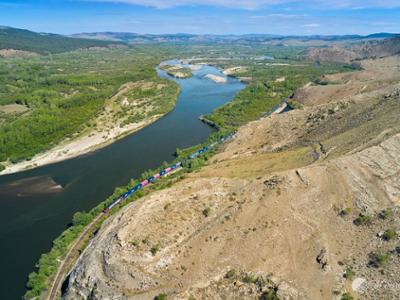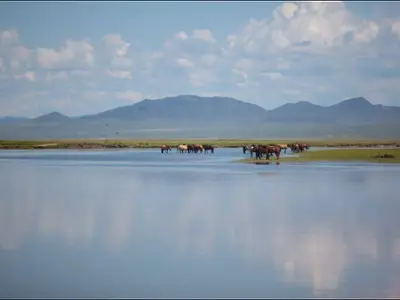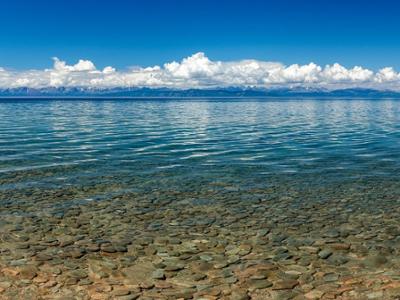



Selenge river
The Selenge River is the largest river in Mongolia, playing a crucial role in the country’s ecosystem and flowing north into Lake Baikal in Russia. It is formed by the confluence of the Ider and Delgermörön Rivers and stretches across northern Mongolia, supporting both wildlife and agriculture.
General Information
- Length: About 992 kilometers (593 km in Mongolia)
- Source: Confluence of Ider and Delgermörön Rivers in Khövsgöl Province
- Mouth: Lake Baikal (Russia)
- Basin Area: Over 445,000 square kilometers
- Importance: Major water source for farming, fishing, and biodiversity
What to See
- Wide river plains and green valleys along its course
- Birdwatching and spotting aquatic species
- Rural life along the riverbanks, including traditional farming and herding
- Canoeing or rafting in certain stretches during summer
Travel Tips
- Best visited from June to September
- Popular viewing points include areas near Sükhbaatar city and Amarbayasgalant Monastery
- Bring binoculars for birdwatching
- Be mindful of conservation rules—this is a sensitive ecological area




